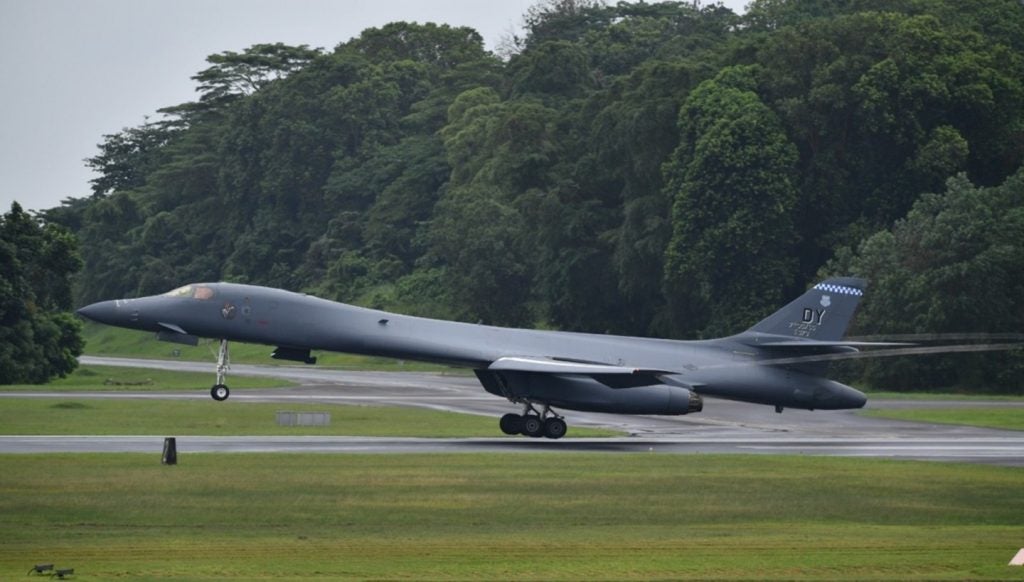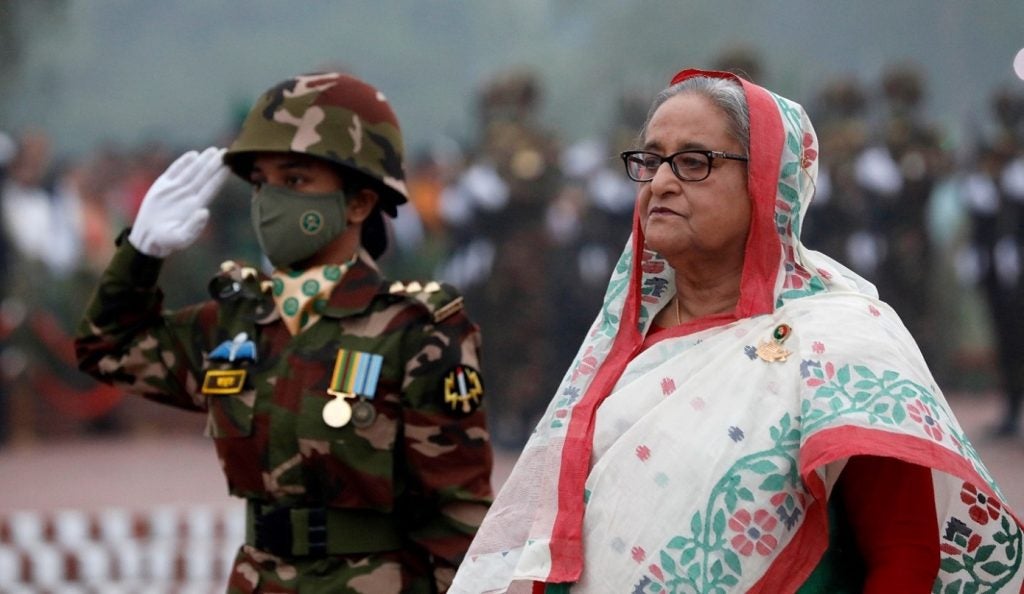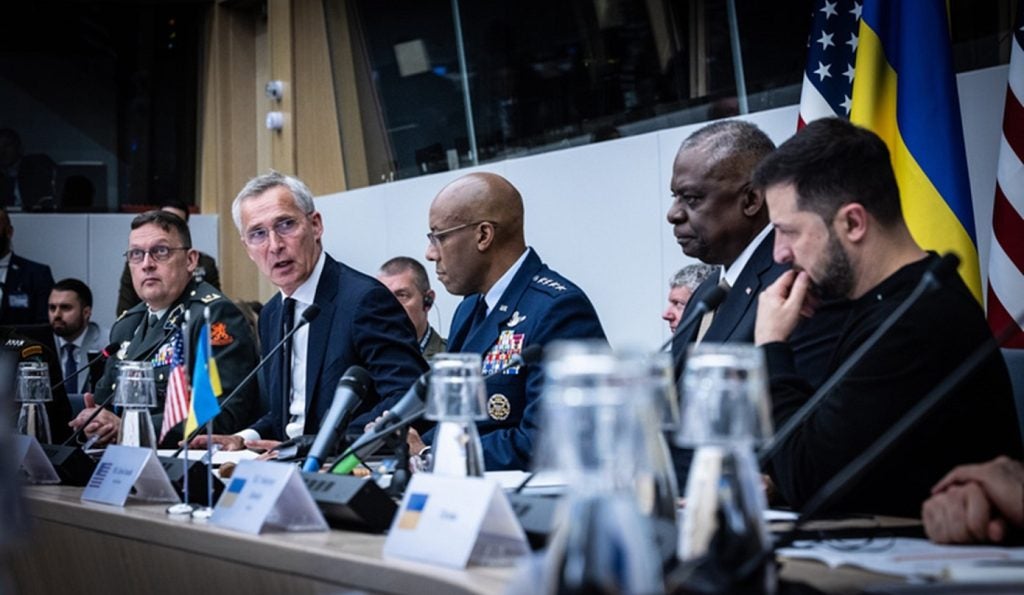The Republic of Singapore Air Force (RSAF) will conduct an air-to-air refuelling exercise with the US Air Force during a stop-over from 18 January 2024 to early next week.
Over the years, the RSAF has facilitated aircraft stop-overs from various countries including Australia, France and Malaysia just last year alone.
“These [exercises] provide the RSAF with valuable training and professional exchange opportunities with different aircraft and aircrew,” Singapore’s Ministry of Defence stated.
This training exercise will bring together very dissimilar aircraft: a Singaporean A330 tanker and two US B-1B bombers.

Dissimilar aircraft come together
The A330 is a new-generation multi-role tanker transport aircraft manufactured by Airbus, a European aerospace prime. With a sizeable fuel capacity to fly 4,000 kilometres, the aircraft could give away 68 tonnes of fuel in two hours on station at a range of 1,000 nautical metres.
RSAF received its first A330 in September 2018 and has since acquired six units in total, according to GlobalData intelligence.
Meanwhile, the aerial refuelling boom system can be used to refuel receptacle-equipped aircraft such as F-35A Lightning II and F-16 Fighting Falcon. It has a maximum fuel flow rate of 4,542.49 litres per minute.
In contrast, the B-1B Lancer long-ranger bomber, first procuded by Boeing in 1986, has a receptcle that allows refuelling from a KC-10 or a KC-135 tanker – an aircraft that the RSAF does operate.
However, in the spirit of pitting two dissimilar aircraft together, the exercise will enable both services to interoperate. As we begin to enter a new age of conflict agility and openness to work with strategic allies and partners will become commonplace.
In 2023, Nato air forces across Europe scrambled more than 300 times to intercept Russian military aircraft approaching allied airspace. This collective air policing mission brought a range of different aircraft together – from French Rafales, Swedish Gripens and the more popular F-35s.
A more global, hybridised form of aerial warfare will be conducted and coalitionary forces must learn to adapt.
Already, the USAF has conducted similar refuelling training with the Royal Australian Air Force this month, having brought an Australian KC-30 together with an RC-135 and, less successfully, an A-10C Warthog.











